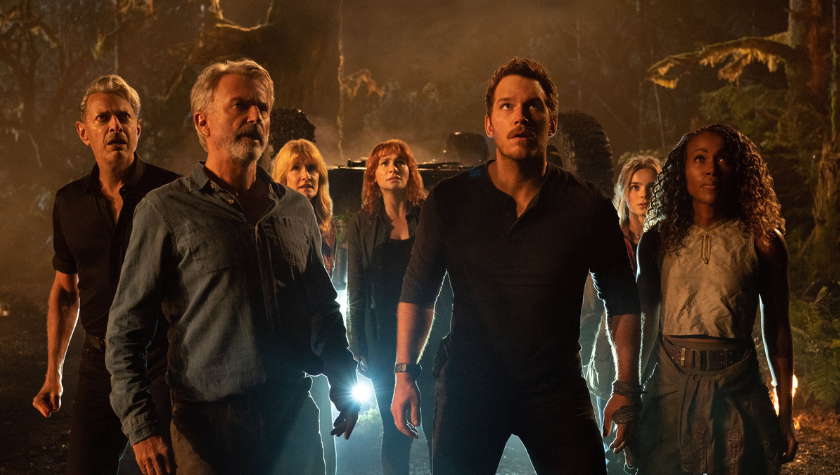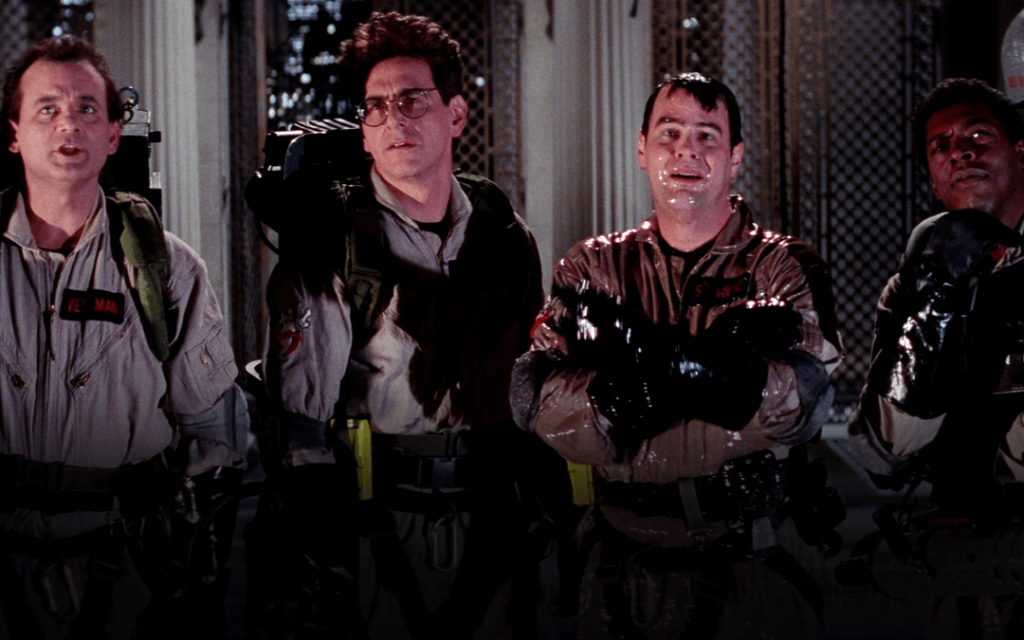How to Make Your Characters Sound Different on the Page
September 22, 2023
If you were to take a scene for your latest screenplay, remove the names and read it out loud, would you know which characters were saying which lines? Or do they all kind of sound the same?
One of the most challenging things to do as a writer is ensure all the characters you’re creating in your head have a unique voice on the page. If they sound too similar, you risk losing what makes the characters unique and even the conflict of the scene.
So, how do you keep all the characters in your head different and relevant? Here are a few things you can do the next time you open up Final Draft and continue writing your next screenplay.
Read More: 7 Ways to Enhance Your Dialog and Find Your Voice
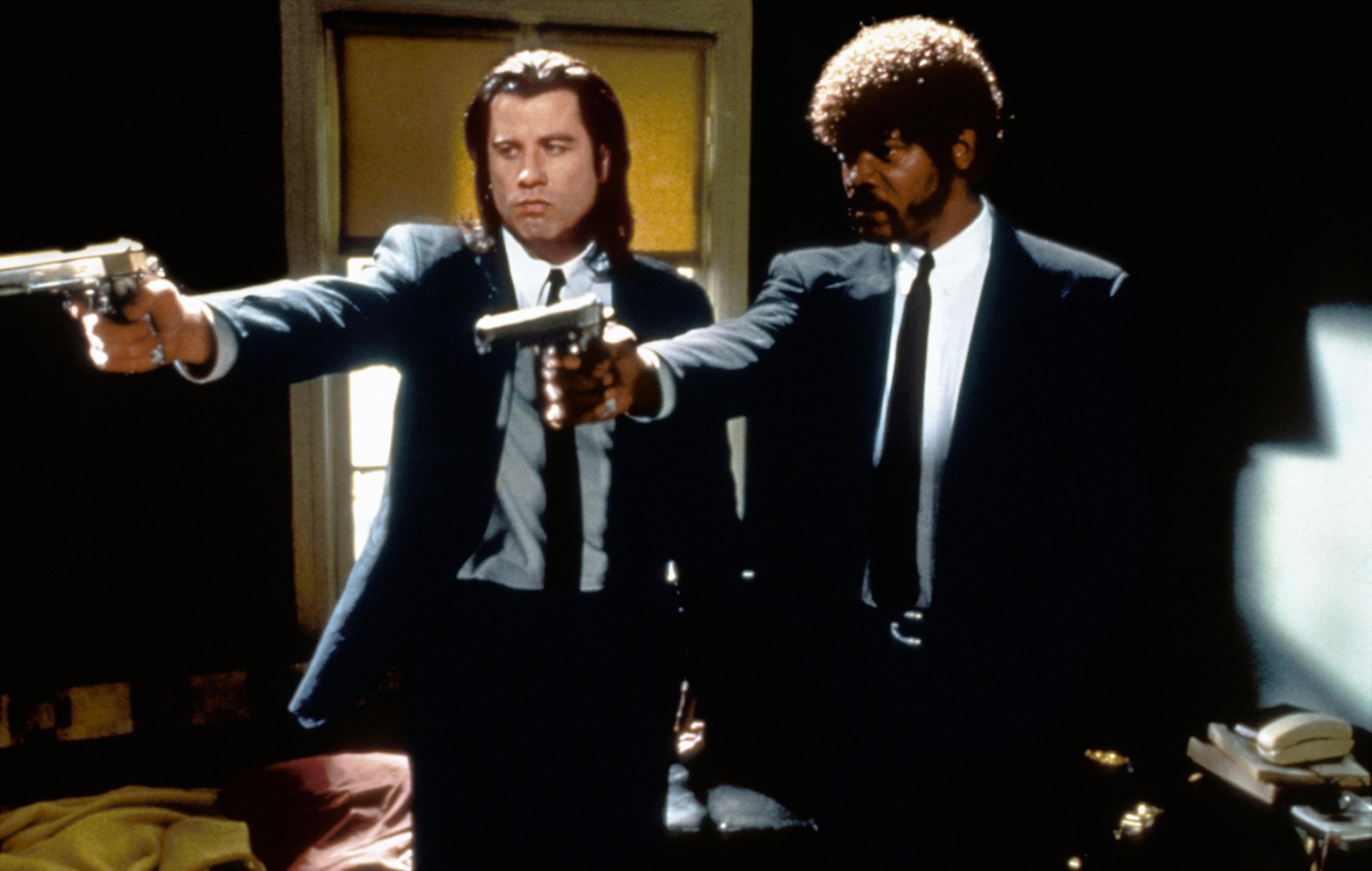
Picture An Actor
Imagine the actor you want to play the part in your screenplay and use their voice to guide the character’s action and dialogue. Quentin Tarantino apparently wanted Samuel L. Jackson and John Travolta to play those respective roles in Pulp Fiction so he wrote them as if those characters had already been cast. This trick will help you put a specific name, face and voice to your character and ultimately provide a detailed version of your character in your head.
The best part is that you don’t even have to have the modern-day version of the actor. Maybe you envision your character being played by Leonardo DiCaprio circa 1997, then that works for you. Or perhaps the lead of your story is more like Molly Ringwald in Sixteen Candles.
Thinking of an actor or character in a role is a great way to force yourself to differentiate your characters from others.
Read More: How to Write Naturalistic Dialog
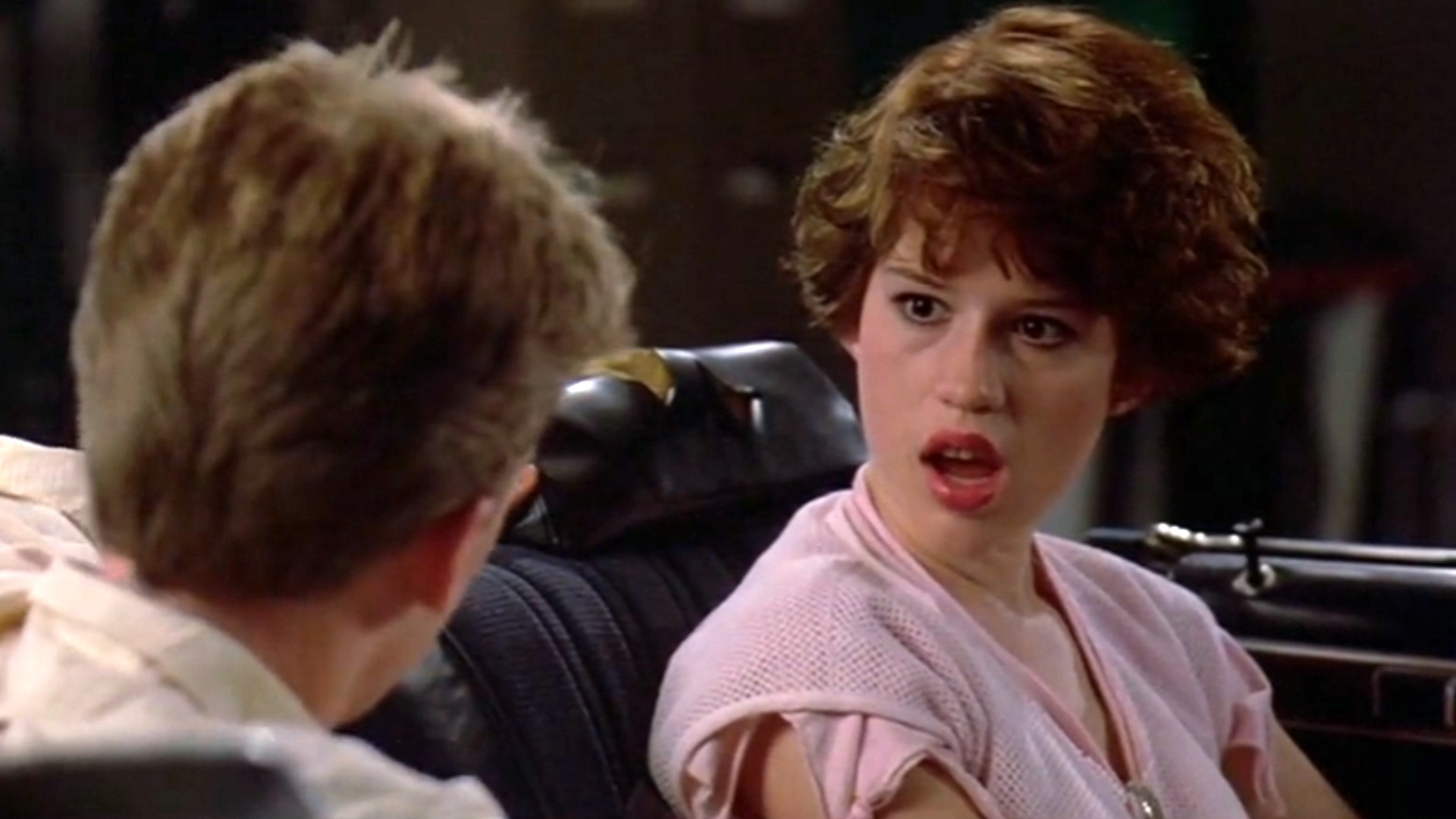
Picture Someone You Know
There is no shortage of writer memes with smirking faces and a caption that indicates they are planning on turning you into a character. Well, why not? There are plenty of stranger-than-fiction characters you’ll encounter in your real life that you can imagine as characters in your own story.
This can be specific such as your mother-in-law or broad like an obnoxious customer at a coffee shop. Their tone of voice, mannerisms, look and more can all become the basis of a character in your story. People watching is great for discovering fashion styles and how people use their own language and speaking styles.
Eavesdropping on conversations can also show the dynamic between two people. Does someone hog the conversation? Does another get cut off? Do they speak with enthusiasm or boredom? Whether they’re a work colleague or complete stranger you can use the people in your life to help find the dialogue differences for your characters.
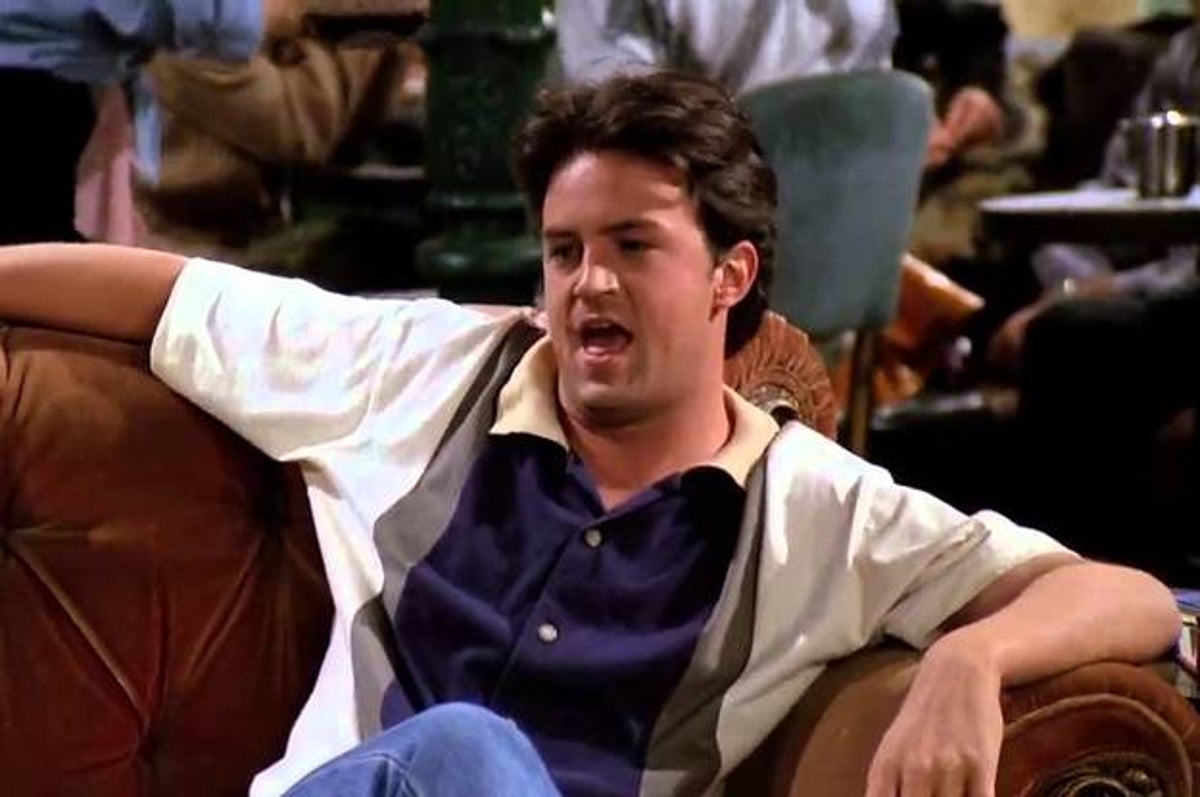
Make Dialogue Their Personality
Could Chandler Bing from Friends be any more funny? In Frasier, how does Frasier Crane’s polished voice differ from his gruff street cop father?
Not every character needs to be defined by their voice but you can use dialogue to boost a character’s personality and help make them sound different on the page. As you create your characters, consider how they speak what they say and why. A preacher’s voice, whether on a pulpit or even around a dinner table, might regale those around them with slow, smooth stories and find ways to quote the bible. Another character could drop f-bombs every other word or use “fiddlesticks” as a replacement for a curse.
Dialogue should be different for every character but one way to make it stick out on the page is to give your character a unique personality that shines through their words.
Read More: How to Write Great Dialog
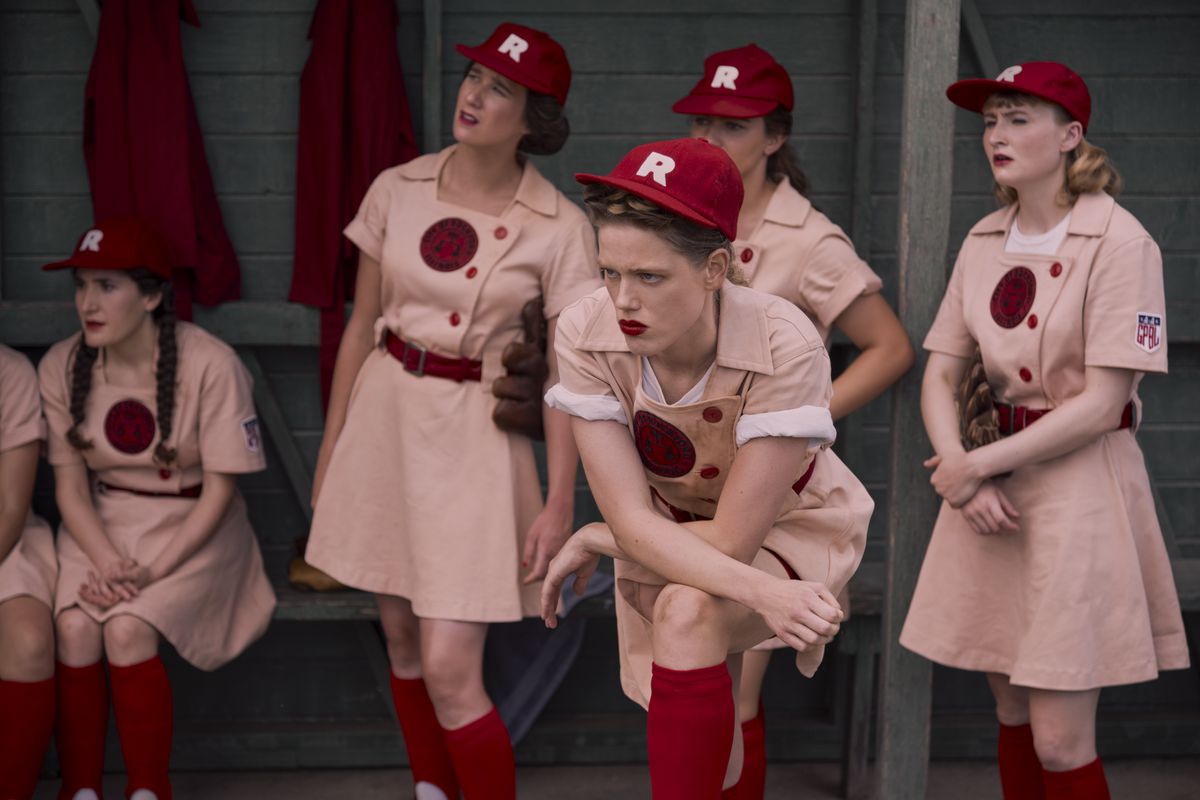
Mix It Up
Diversity comes in many forms. Race, age, gender, socioeconomic levels, the country they were born in and much more. Diversity means making your characters vastly different from one another.
In The Whale, for example, the lead character is an obese online teacher who is gentle and kind to everyone he encounters. He speaks slowly and patiently. His daughter, however, is angry, pessimistic and lives the life of a high school teenager. She speaks in short sentences with a hostile tint on every thought.
War movies often show the diversity of a group of soldiers who come from different parts of the country, with different upbringings and viewpoints.
If you’re creating a sports movie, make sure your main character and their teammates all have something that makes them different so you can clearly see the characters in your head. Because they have a strong defining characteristic: athletes, you run into the problem of them sounding familiar. That’s where you must find the nuances of each character, define their dreams, goals and motivation and give them something unique. If you’re writing a sports screenplay, watch similar movies and see how they mix up the characters: The Sandlot, A League of Their Own (both movie and TV show). These are great examples of how they took several characters and gave them all a unique voice.
Read More: Dialog Choices and Duel Dialog
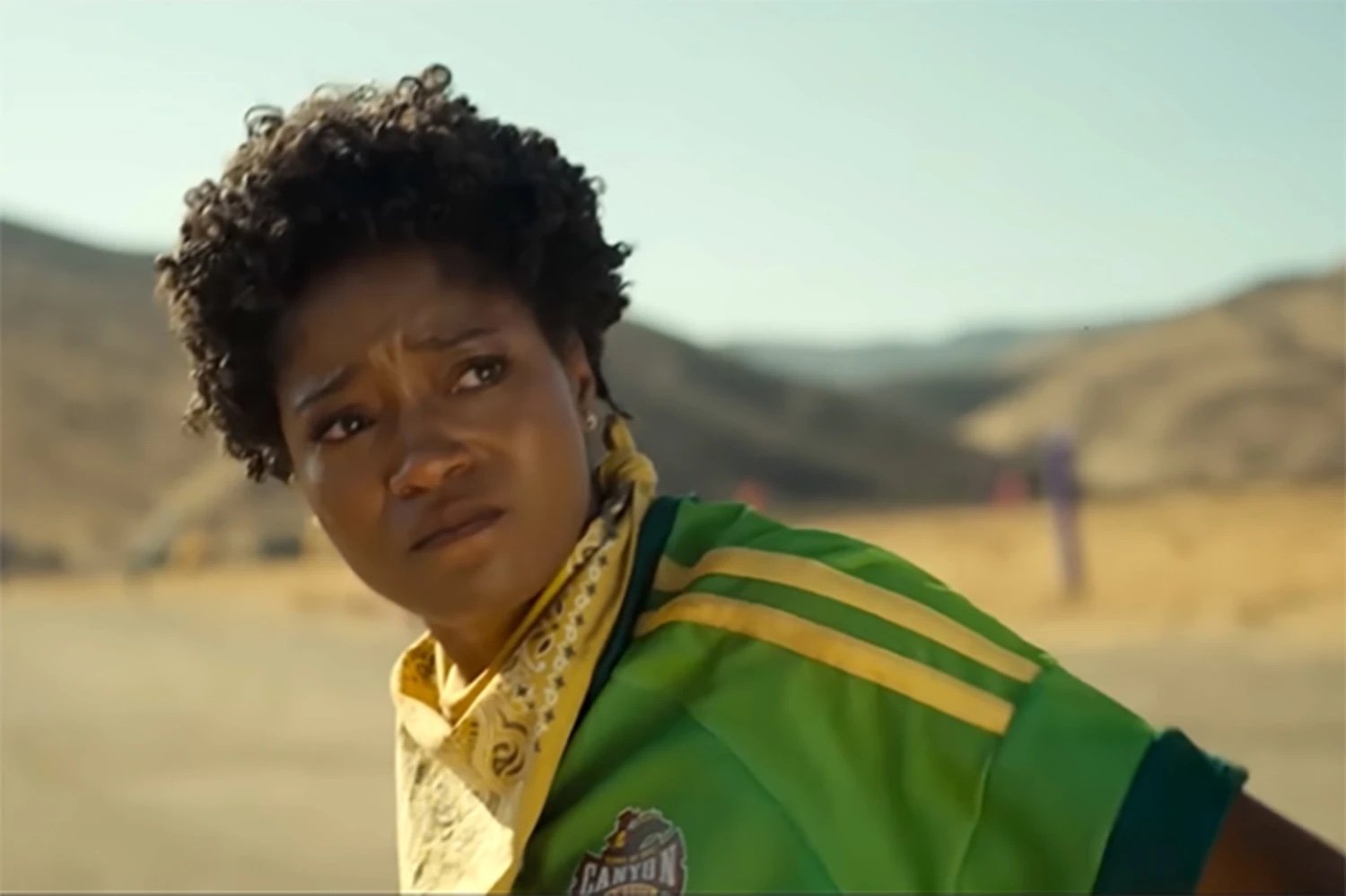
Keep Trying New Things
Let’s say you’ve completed that first draft and now you’re going back to start the rewrite. If you discover there are characters who sound the same, don’t fret. You don’t have to nail these differences in your first draft. You can build the different character voices as you work on your new drafts, changing how they speak and what makes them unusual.
You might even discover that you can combine characters. Especially on that first draft though, don’t burn yourself out if you can’t nail the differing voices for your character.
It’s not easy to juggle a variety of voices in your head as you write a screenplay, but the more you can define who those characters are and how they speak — whether you imagine an actor, a family member or you’ve created a scene with two wildly different characters — the better of a position you’ll be to ensure they all have voices unique to themselves.
Written by: Steven Hartman
Steven Hartman is an award-winning, optioned screenwriter. He was a Top 5 Finalist in Big Break’s Historical Category in 2019 and won Best Action/Adventure in Script Summit’s Screenplay Competition in 2021. He holds a Bachelor of Arts degree from Columbia College and had internships at Jerry Bruckheimer Films and Village Roadshow Pictures. Steve is a full-time writer and creative video producer by day and a screenwriter and novelist by night.

